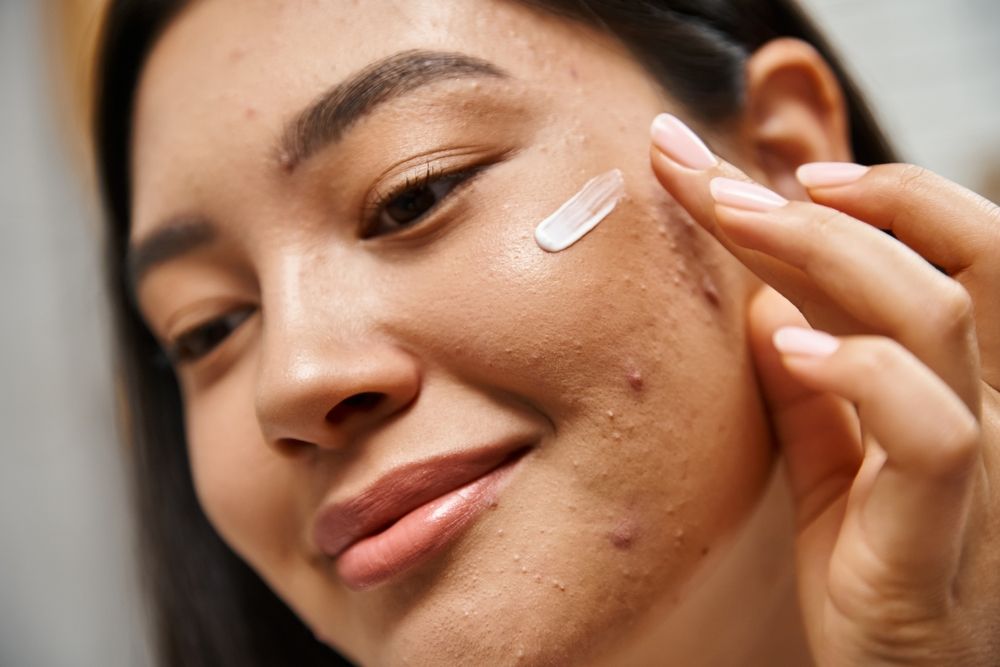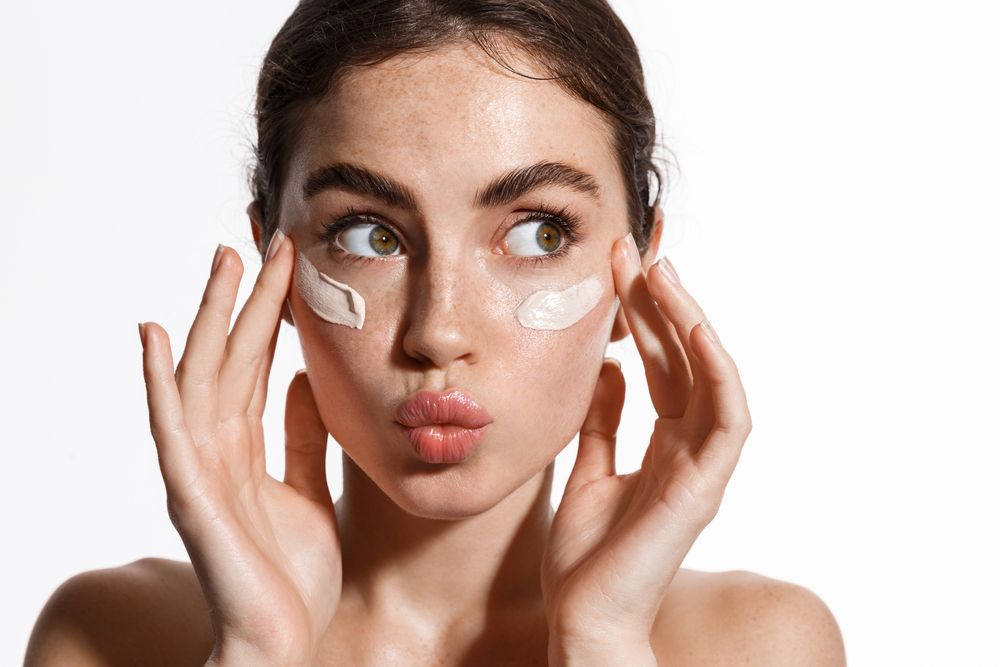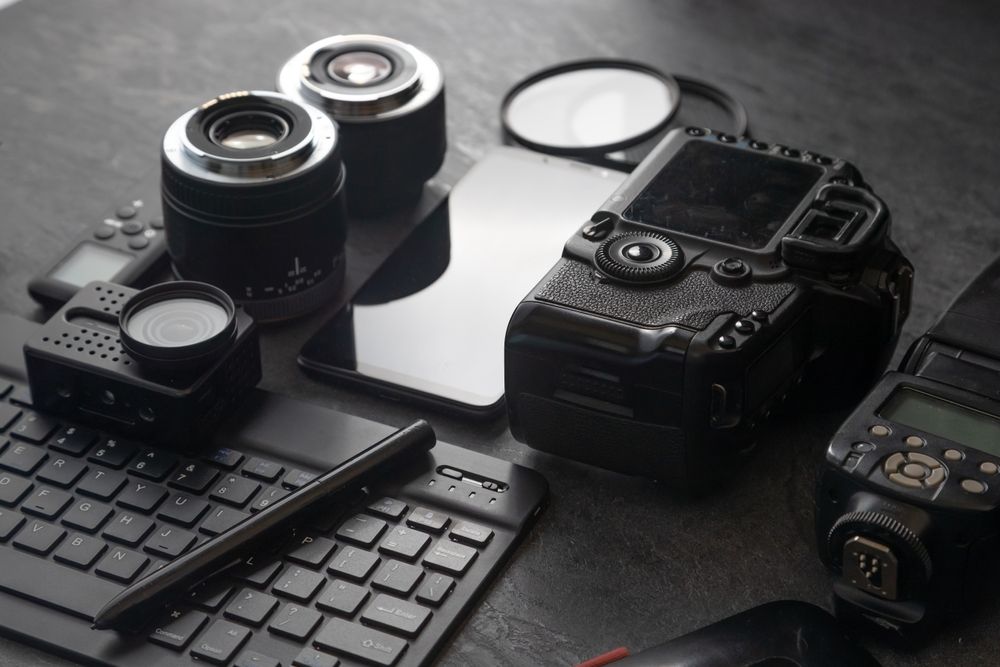Acne-prone skin can be tricky to manage. While it’s natural to think that adding moisture might worsen breakouts, the truth is that proper hydration is critical to maintaining healthy skin function. In fact, depriving acne-prone skin of necessary moisture can prompt it to produce even more oil, potentially exacerbating the problem. The right moisturizer can balance your skin’s hydration levels without clogging pores or triggering new breakouts. This guide will help you identify what to look for in a moisturizer if you’re dealing with frequent blemishes, oily areas, or sensitivity—so you can keep your skin calm, clear, and comfortable.
1. Why Moisturizing Is Important for Acne-Prone Skin
Why It Matters
It’s a common misconception that all oil or moisture is bad for acne. In reality, your skin’s natural protective barrier depends on balanced hydration. Stripping the skin (such as using overly harsh cleansers or skipping moisturizer) can cause increased oil production, leading to more congested pores. A properly chosen moisturizer helps regulate sebum (oil) levels and maintain a healthy skin barrier, decreasing irritation and potential breakouts.
The Balanced Approach
- Prevent Over-Drying: Many acne treatments contain salicylic acid, benzoyl peroxide, or retinoids, which can cause dryness and peeling. Moisturizing offsets these side effects.
- Protect Skin Barrier: Hydrated skin is less susceptible to irritants and bacteria.
- Manage Excess Oil: The body might produce more oil if it senses dryness, so adequate hydration can actually reduce oiliness over time.
Takeaway
Moisturizing the right way is essential. It’s all about picking formulas specifically designed to avoid clogging pores while offering the hydration needed for healthy, resilient skin.
2. Identifying Your Specific Skin Concerns
Why It Matters
“Acne-prone skin” can vary widely—some people also battle dryness and flaking, others have an oily T-zone, while others experience sensitivity or redness. Recognizing your unique combination of issues helps in selecting a moisturizer that addresses those concerns as well.
Common Acne-Prone Skin Scenarios
- Oily and Acne-Prone: Constant shine, blackheads, or frequent pimples around the T-zone. Seek a lightweight, non-comedogenic moisturizer that helps reduce shine.
- Combination Skin: Oily in some zones (often the forehead, nose, chin), normal or dry in others. Opt for a formula that hydrates without heavy greasiness.
- Dry and Acne-Prone: This can happen, especially if using strong acne treatments. Look for soothing, gentle ingredients to avoid irritation.
- Sensitive Acne-Prone: Skin may react to fragrances or harsh additives, making a hypoallergenic, fragrance-free moisturizer more suitable.
Takeaway
Evaluate your primary challenges—excess oil, dryness, or sensitivity—alongside your breakouts. That combination guides you to an ingredient list and texture best suited for your daily routine.
3. Key Ingredients to Look For
Why It Matters
Certain skincare components can soothe or support acne-prone skin, while others clog pores or trigger more inflammation. Understanding beneficial vs. risky ingredients can help you narrow your search effectively.
Helpful Ingredients
- Hyaluronic Acid: A hydrating powerhouse that attracts moisture without feeling heavy or occlusive. Good for all skin types, including oily or sensitive.
- Niacinamide: Helps regulate sebum production, reduce inflammation, and enhance the skin barrier, often beneficial for acne-prone complexions.
- Ceramides: Reinforce the skin’s protective barrier, preventing moisture loss and reducing irritation.
- Green Tea Extract or Aloe Vera: Natural, soothing extracts with anti-inflammatory properties that calm redness and mild irritation.
Potentially Problematic Ingredients
- Heavy Oils (like coconut oil, certain mineral oils): Might be comedogenic for some people, clogging pores.
- Lanolin: Can cause breakouts or sensitivity in certain individuals.
- Fragrance or Essential Oils: May irritate sensitive or compromised skin, leading to more breakouts.
Takeaway
Scan labels for lightweight, non-comedogenic formulas featuring hydrating, soothing elements like hyaluronic acid or niacinamide. Steer clear of thick, comedogenic oils or harsh synthetic fragrances.
4. Product Texture and Formula
Why It Matters
For acne-prone skin, texture can determine if a moisturizer feels comfortable or if it sits heavily, causing increased oiliness. Light gels or lotions often excel in delivering hydration without blocking pores.
Options
- Gel Moisturizers
- Pros: Fast-absorbing, non-greasy, cooling feel. Excellent for oily or combination skin in warm climates.
- Cons: Might lack sufficient moisture for those with dryness or flakiness unless supplemented with humectants.
- Lotions
- Pros: Light to medium weight, commonly used for balanced or combination skin.
- Cons: Some lotions can have occlusive ingredients—check labels for “non-comedogenic” claims.
- Creams
- Pros: Richer, suitable for dryness, especially if you’ve dried out skin from acne medications.
- Cons: Risk being too heavy if you have naturally oily skin or if the formula is thick.
Takeaway
Match texture to your dryness/oiliness level. For severely dehydrated or irritated skin, a gentle cream might be necessary. For typical breakouts with oil, a gel or lightweight lotion is often best.

5. Checking Product Labels for “Non-Comedogenic”
Why It Matters
“Non-comedogenic” suggests the product is formulated to minimize pore blockage. While not a foolproof guarantee, it’s a helpful indicator for those prone to congestion.
What to Watch
- Marketing Terms: Terms like “non-comedogenic,” “oil-free,” or “won’t clog pores” can guide you, but brand transparency on ingredient comedogenic ratings is more reliable.
- Patch Testing: Even if labeled “non-comedogenic,” do a small patch test. Everyone’s skin reacts differently.
Takeaway
While not an absolute standard, “non-comedogenic” is usually beneficial for acne-prone users. Combine this label check with reading ingredient lists to avoid known pore-cloggers.
6. Budget vs. Quality
Why It Matters
Drugstore brands can provide excellent, budget-friendly solutions, while premium or cosmeceutical lines may offer specialized, research-backed formulations. Price alone doesn’t always determine effectiveness, but certain advanced formulas do use higher-quality ingredients.
How to Decide
- Basic Needs: If your breakouts are mild and your skin not overly sensitive, a well-reviewed drugstore moisturizer might suffice.
- Persistent or Severe Acne: Might benefit from dermatologist-recommended or medical-grade lines with proven actives.
- Value: Evaluate cost per ounce and how long a bottle/jar will last. Some pricey lotions go a long way with small amounts.
Takeaway
Don’t assume pricey equals better. Read reviews, consult a dermatologist if possible, and pick a brand/formula that meets your skin’s demands at a reasonable cost.
7. Application and Additional Tips
Why It Matters
Even the best moisturizer won’t help if used incorrectly, or if the rest of your skincare routine aggravates your acne. Integrating it properly ensures maximum benefit.
Usage Guidelines
- Cleanse First: A gentle, non-stripping cleanser sets the stage by removing excess oil or bacteria.
- Treat Acne: Apply any medicated treatments (benzoyl peroxide, salicylic acid, topical retinoids) as advised.
- Moisturize: While skin is still slightly damp, apply the moisturizer in gentle, upward strokes to lock in hydration.
- Sunscreen if Daytime: Many moisturizers lack robust sun protection—an SPF is crucial for daytime to prevent hyperpigmentation and further skin irritation.
Supporting Strategies
- Avoid Over-Exfoliation: Excessive scrubbing can inflame skin, disrupt the moisture barrier.
- Hydrate Internally: Drinking enough water and maintaining a balanced diet also supports overall skin health.
Takeaway
Your moisturizer is part of a broader skincare regimen. Choose one that complements your acne treatment plan and always end with SPF if you’ll be outdoors.
When it comes to managing acne-prone skin, choosing the right moisturizer is a critical piece of the puzzle. Contrary to the fear that moisturizers may worsen breakouts, the proper formula can actually calm irritation, balance oil production, and reinforce the skin’s protective barrier. Start by assessing your unique needs—whether you struggle with excess oil, dryness from acne meds, or underlying sensitivity. Then look for non-comedogenic, soothing ingredients such as hyaluronic acid, niacinamide, or ceramides, and match the formula’s texture (gel, lotion, or cream) to your skin’s natural dryness or oiliness.
While branding and price can suggest quality, always read the ingredient list carefully, avoiding known pore-cloggers if you’re particularly breakout-prone. Testing a small patch area first can help you dodge widespread flare-ups. And remember, a great moisturizer works best in tandem with a gentle cleanser, targeted acne treatments, and a good sunscreen. By layering these elements correctly, you’ll foster a skincare routine that not only combats breakouts but also nurtures a healthier, happier complexion.





